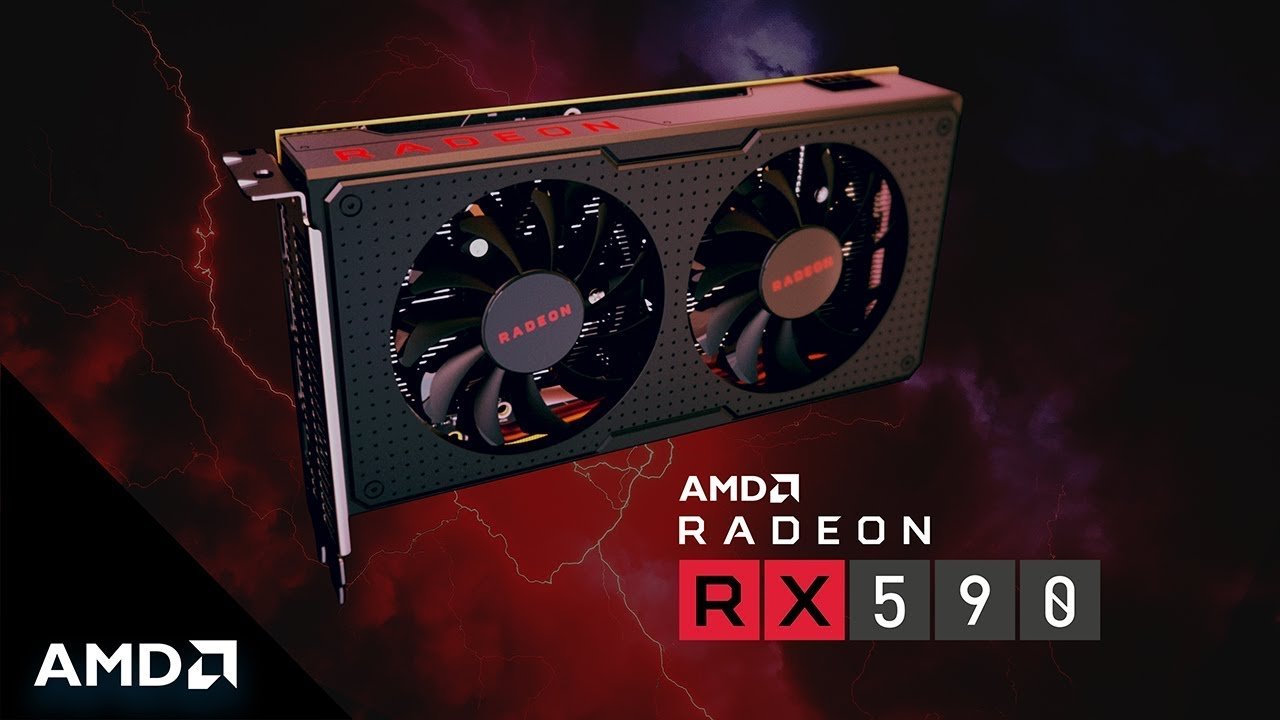AMD's new Radeon RX 590 promises silky smooth 1080p gaming for $280
AMD is making a bid for the mid-range crowd with its new Radeon RX 590 graphics card.

AMD today took the wraps off of its latest graphics card, the Radeon RX 590. But rather than targeting the high end, like its cards based on the Vega architecture, the RX 590 sits firmly in the mid-range, promising high framerates and smooth gaming for gamers playing on 1080p monitors.
The Radeon RX 590 is built on AMD's Polaris architecture using a 12nm process. Billed as a successor to the RX 580, AMD says the newer card comes in higher clock speeds that help to deliver "up to 20 percent or higher performance-per-dollar than the competition." In terms of framerate, that means you should be able to easily surpass 60 FPS in most triple-A games, and north of 100 FPS in several eSports games.
As for raw specs, the RX 590 packs 36 compute units, 2,304 stream processors, and 8GB of memory. Its base frequency comes in at 1.47 GHz, but that can be boosted up to 1.55 GHz as needed. The card also supports AMD's Radeon FreeSync 2 HDR tech to help eliminate screen tearing and keep frames coming in smooth.
Radeon RX 590 cards will be available starting today from companies like ASUS, PowerColor, Sapphire, and XFX, with prices starting at $280. To sweeten the pot more, AMD is also offering up three free games with RX 590 purchases: Resident Evil 2, Devil May Cry 5, and Tom Clancy's The Division 2. Not quite what you're in search of? Browse our collection of the overall best graphics cards available now.
All the latest news, reviews, and guides for Windows and Xbox diehards.

Dan Thorp-Lancaster is the former Editor-in-Chief of Windows Central. He began working with Windows Central, Android Central, and iMore as a news writer in 2014 and is obsessed with tech of all sorts. You can follow Dan on Twitter @DthorpL and Instagram @heyitsdtl.

